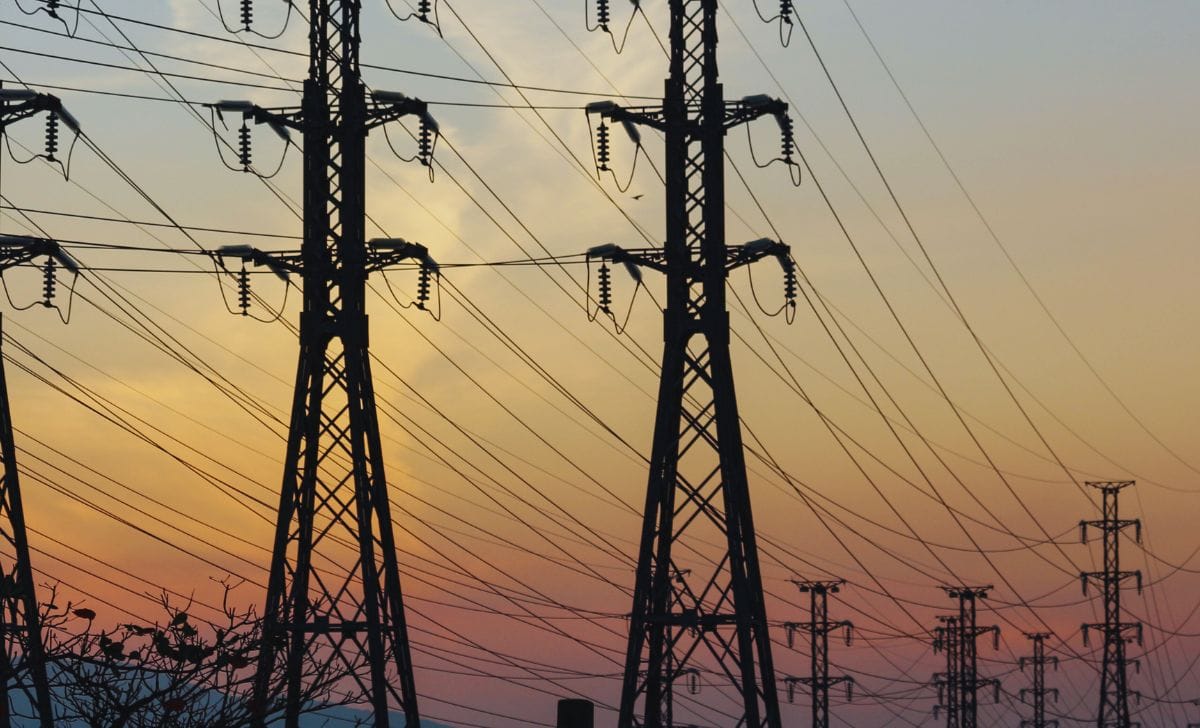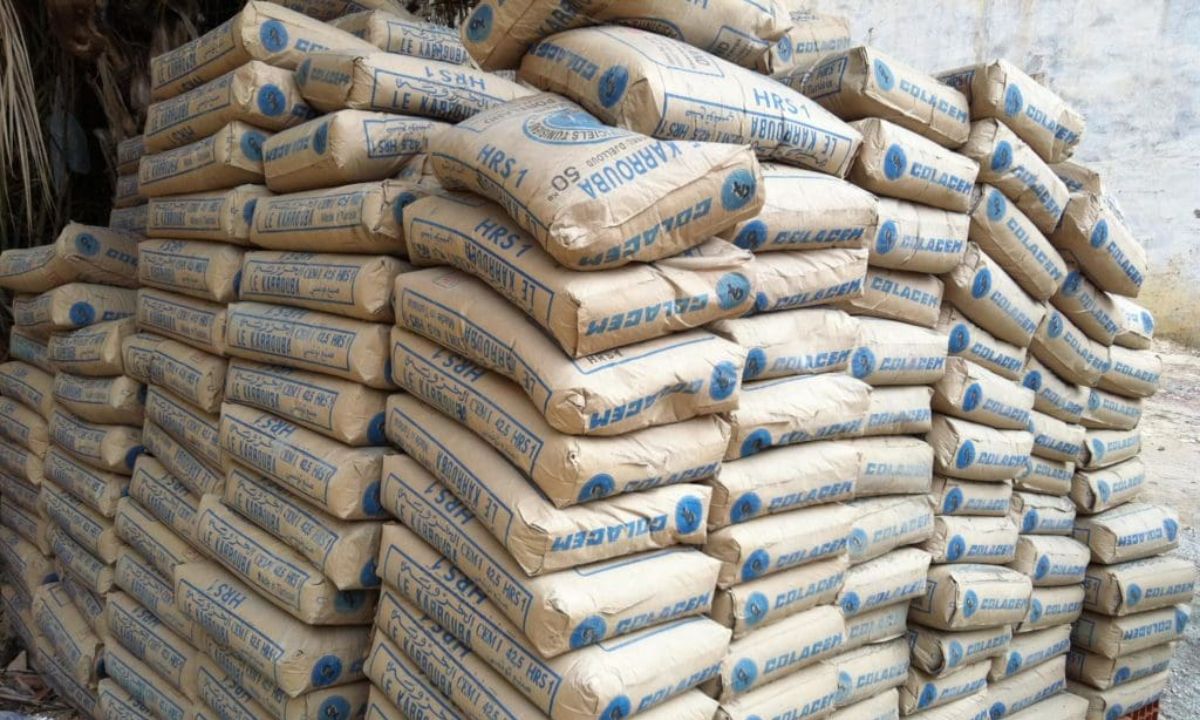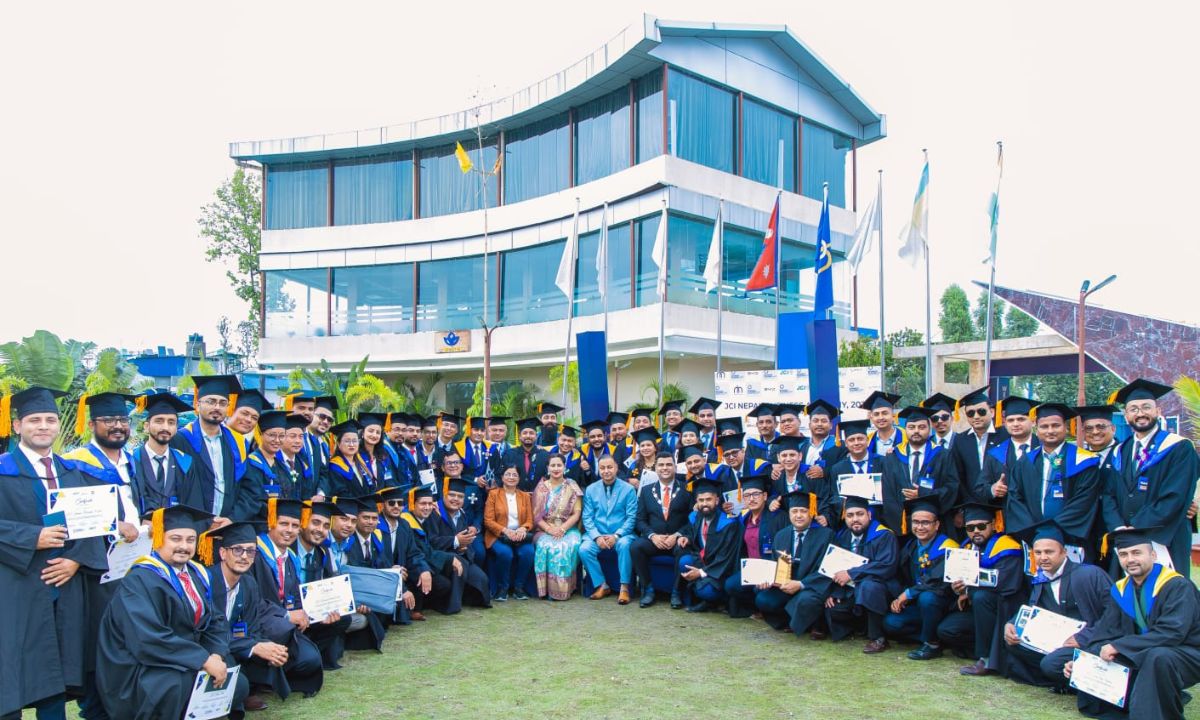In the month of Mangsir, Nepal imported electricity worth 145.1 million rupees from India.
Due to a decrease in water levels in rivers, which led to a drop in hydroelectric production, the Nepal Electricity Authority (NEA) began partial electricity imports on Mangsir 12. During Mangsir, electricity worth 145.1 million rupees was imported.
Though electricity imports began partially, exports continued as well. In Mangsir, the NEA exported electricity worth 28 million rupees, according to an official. However, exports have since been suspended, and electricity imports are currently around 300-400 megawatts daily.
Due to the monsoon, several projects, including the 456-megawatt Upper Tamakoshi, have been halted. The NEA explained that this forced them to suspend exports and begin importing electricity. In previous years, electricity exports continued until the end of Poush, but this time, imports had to begin in Mangsir.
India has granted the NEA permission to purchase 654 megawatts of electricity. However, electricity will not be provided from 6 PM to 9 PM, as per India’s approval, during which time imports will not occur.
Currently, Nepal’s transmission system has a connected capacity of around 3,500 megawatts. However, most of the hydroelectric projects are river-flow dependent, meaning full production only happens during the monsoon, which is when exports are possible. In winter, production is limited to about a third of the total capacity, requiring electricity imports from India.
Currently, electricity production in Nepal is limited to around 1,400 megawatts, while demand is around 2,000 megawatts. During the day, electricity imports from India help meet the demand, but in the evening peak hours, power cuts are reported in industries.
The NEA has already stated that, until production resumes from the 456-megawatt Upper Tamakoshi, industrial areas will face power cuts during the evening peak hours.
The NEA is working on repairs at Upper Tamakoshi, with plans to start production by Poush 10 and bring it to full capacity within 15 days for peak hours. The NEA aims to accumulate water during low-demand periods and run the plant at full capacity for four hours during peak times. Once production resumes on this project, the NEA claims there will be no further issues.






